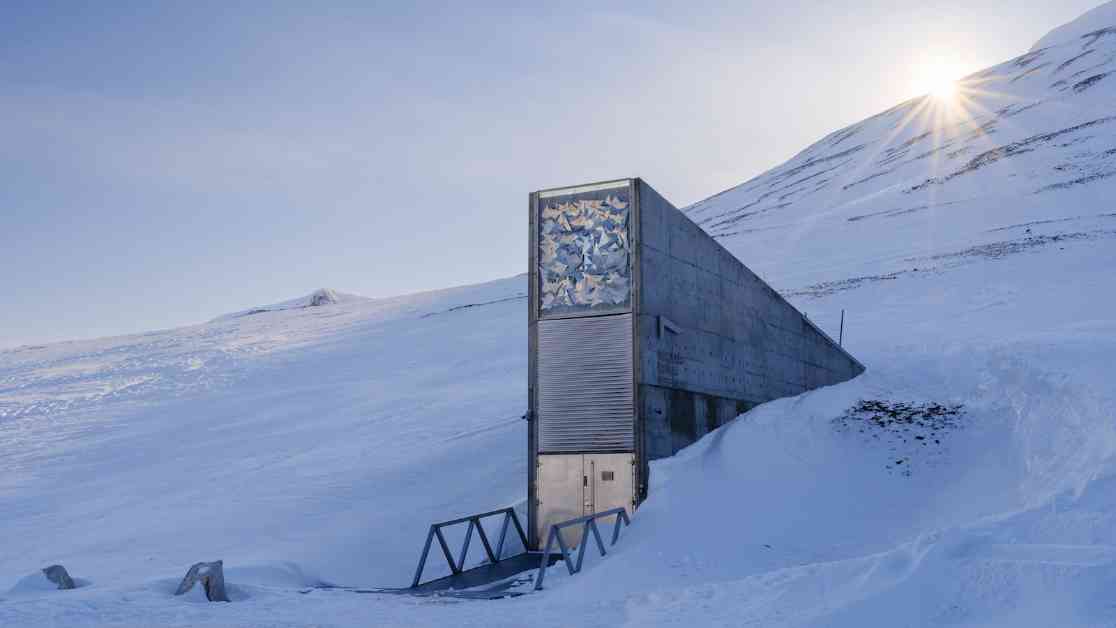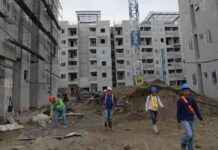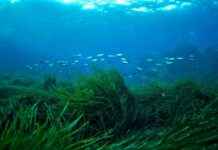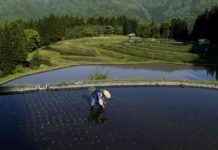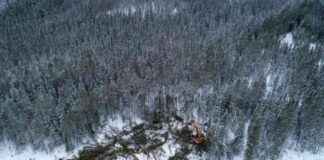In the chilly expanse of Norway’s Svalbard archipelago, a remarkable fortress, the Svalbard Global Seed Vault, lies hidden beneath the permafrost. Three times a year, this subterranean haven welcomes a select group to make deposits of vital seeds. The recent opening, attended by officials and scientists from around the globe, marked the first of the year. They added 14,022 samples, enriching the vault’s collection of over 1.3 million seeds, safeguarded against a backdrop of climate disasters and civil unrest.
The Svalbard Seed Vault serves as a beacon of hope in a world grappling with the impacts of climate change. With traditional crops like millet and resilient legumes, known as “opportunity crops,” the vault offers a promise of adaptation for future generations of farmers in the face of an uncertain future. Despite cuts to climate research funding in various countries, the international community remains committed to preserving crop diversity.
Stefan Schmitz, executive director of Crop Trust, emphasizes the critical nature of this endeavor. He stresses that protecting crop diversity is not just about storing seeds; it’s about averting a potential crisis that could destabilize our global food system. The urgency to act collectively to secure our food future is paramount in light of the challenges posed by a changing climate.
The latest additions to the vault’s collection bring stories of resilience and survival from countries like Sudan, Malawi, Brazil, and the Philippines. Seeds of sorghum and pearl millet from Sudan’s crop gene bank, nearly decimated during a civil war, find a safe haven in Svalbard. Malawi contributes “velvet beans,” a legume that serves as a natural fertilizer, amidst a backdrop of extreme weather events. Staple crops like rice, beans, and maize from Brazil and sorghum, eggplant, and lima beans from the typhoon-battered Philippines further enrich the vault’s diverse stockpile.
Hidelisa de Chavez, a researcher at the University of the Philippines, underscores the importance of duplicating seed collections in secure facilities like Svalbard, especially for countries like the Philippines, facing heightened climate risks. The Philippines’ vulnerability to extreme weather underscores the fragility of agricultural resources, necessitating strategic conservation efforts to ensure food security for future generations.
For de Chavez, the act of depositing seeds at Svalbard is not just a professional duty but a personal mission. Recalling the devastation wrought by Typhoon Xangsane on the Philippines’ gene bank, she understands the precariousness of preserving traditional crop varieties in the face of climate change. With each sample she contributes, she seeks to protect not just seeds but the rich cultural heritage and livelihoods intertwined with Filipino agriculture.
As climate change intensifies, de Chavez grapples with the harsh reality that growing and conserving crops are becoming increasingly challenging. The dwindling number of samples she can contribute reflects the mounting pressures faced by farmers and researchers worldwide. Yet, in the midst of uncertainty, the presence of Filipino seeds in the safety of the Svalbard Seed Vault offers a glimmer of hope and resilience in the face of adversity.
De Chavez’s unwavering commitment to conserving crop diversity echoes the sentiments of many around the world. As the global food system navigates uncharted territory, the preservation of genetic resources emerges as a critical imperative. While the future remains uncertain, the seeds stored in the Svalbard vault stand as a testament to humanity’s resilience and determination to safeguard our agricultural heritage for generations to come.

